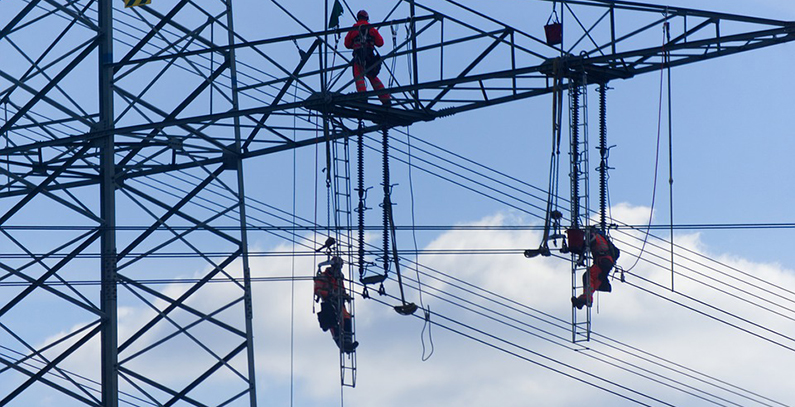
The INSPIRE-Grid (Improved and eNhanced Stakeholders Participation In Reinforcement of Electricity Grid) project introduces several tools to ensure that all voices are heard in the power line planning and approval process, including a web-interface which allows all interested stakeholders to visualize the possible routes and express their opinion.
The story about the EU funded project with partners including three power grid operators from France (RTE), Norway (Statnett) and the UK (National Grid) and a research institution from Italy (RSE), is presented by the European Technology and Innovation Platform Smart Networks for Energy Transition – ETIP SNET Energy Stories.
The framework was designed to bring successful applications in energy transition technologies, often developed through public funding, closer to the citizen, highlighting whenever possible the direct benefits of the latest technologies to the energy consumer.*
Many voices must be heard, but process cannot drag on for years
Power lines are a familiar sight in European landscapes, so familiar that we hardly notice them anymore unless they are built in our backyard.
But who draws the route of power lines? How is their construction decided?
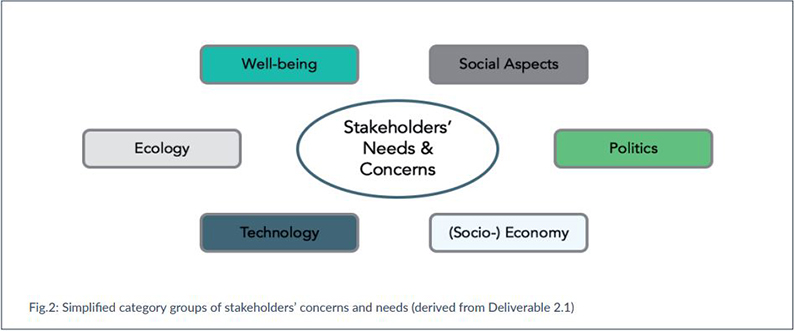
Multiple voices want to make themselves heard, including local inhabitants (who may not like the towers in their backyards or too near to where they live); policy-makers at local, regional and national level (who may need to establish the right rules, for example, for the payment of the land which the towers use); environment protection associations (who may not want the towers to go through protected nature areas) and Transmission System Operators (TSOs) who build and operate the high-voltage power lines (who search for highest operational quality).
How do you ensure that all voices are heard, while not making the planning and approval process drag on for years or even decades (which happens in reality in many occasions)?
Tools that facilitate collaboration and participation between all stakeholders
A solution was needed, that combined state-of-the-art engagement tools with easy decision-making. Particularly challenging is to enable citizens to provide informed opinions on related complex issues. The ‘information gap’ between experts working with electrical grid systems and the general public generates a lack of trust that has proven to be a long-lasting challenge to the completion of infrastructure projects.
The goal of INSPIRE-Grid was to tackle that challenge by developing, through an interdisciplinary method (with social and technical scientists), several tools that facilitate collaboration and participation between all communities and stakeholders.
Among these is a web-interface “Geographic Information System” (GIS), allowing local inhabitants to visualize the possible routes of a power line and express their opinion. This visualization web-interface requires no particular knowledge in data, analysis or software.
Such tools are increasingly used in current projects; for example, a GIS was used in the planning of the SuedLink project, a power line crossing Germany from North to South and at Swissgrid for finding the path for transmission lines in Switzerland.
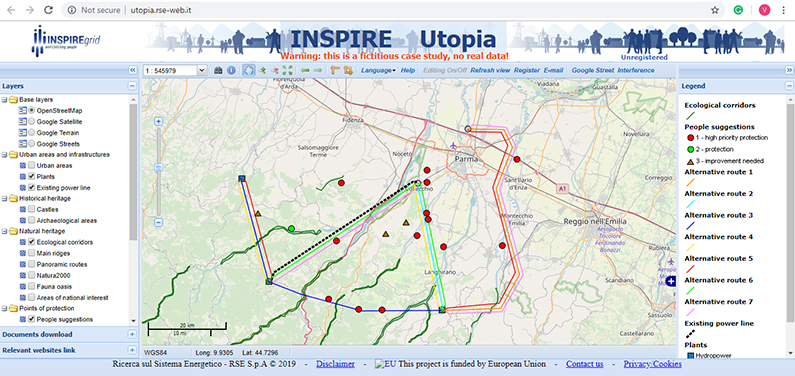
Other tools tackle the difficulty in communicating the expected benefits of a project. The construction of a new power line may be justified by the need to link renewable energy to the electricity system, or to increase the security of supply (meaning: making power available without any interruptions; having no blackouts, etc). However, benefits for society at large are often not so easily visible at the local level, where the construction of a new line is seen as a nuisance.
INSPIRE-Grid developed a “Life-Cycle Assessment” tool (LCA) to better evaluate and communicate the environmental impacts of future power lines and to explain the need for grid extensions. Tools like the LCA have been already implemented in a real-world environment after the project ended by the French electricity operator RTE.
Impact
The INSPIRE-Grid project was born from the observation that, although the modernization of the current electricity infrastructure is recognized as one of the most important enablers for the energy transition toward a low carbon economy, many projects are delayed or even canceled – mostly due to challenges related to the permitting procedure and to the opposition of the local stakeholders and residents.
Through the interdisciplinary approach and tools pioneered by INSPIRE-Grid which have already been implemented in real-world scenarios, the views and voices of not only scientists but also practitioners, public authorities and administrations, civil society organizations and the general public can be better taken into account.
It is hoped that in the future, a deeper comprehensive knowledge of everyone’s needs and admitting to consensus as a key principle will ensure that Europe’s energy system can meet its efficiency needs and decarbonization targets; and not only, the INSPIRE-Grid approach could also potentially be applied to other large-scale infrastructure projects that require public consultation and approval.
*European Technology & Innovation Platforms (ETIPs) have been created by the European Commission in the framework of the new Integrated Roadmap Strategic Energy Technology Plan (SET Plan) by bringing together a multitude of stakeholders and experts from the energy sector.
The ETIP Smart Networks for Energy Transition (SNET) role is to guide Research, Development & Innovation (RD&I) to support Europe’s energy transition.















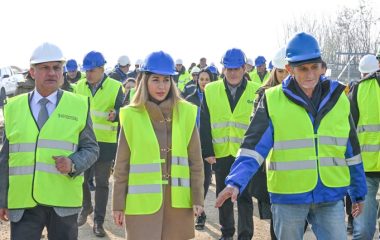
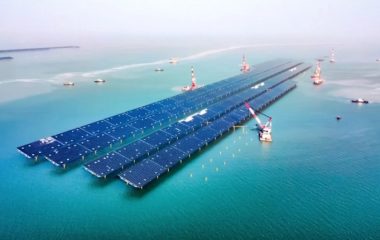

Be the first one to comment on this article.